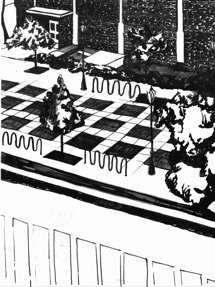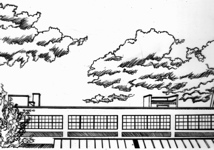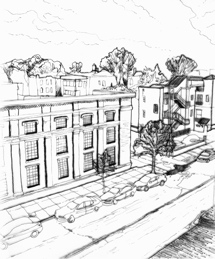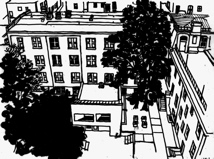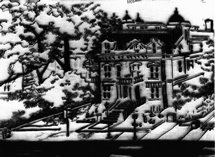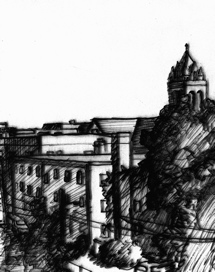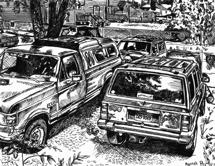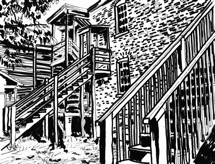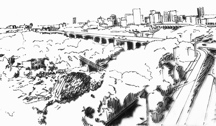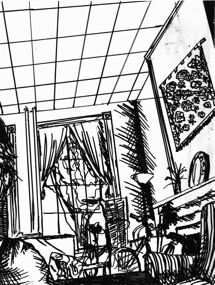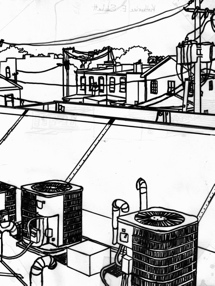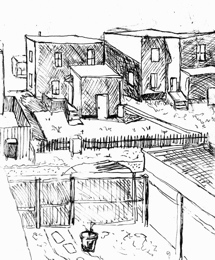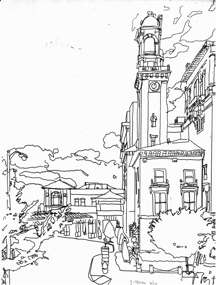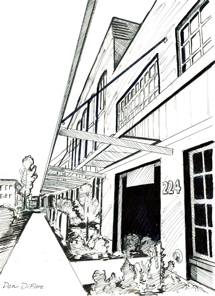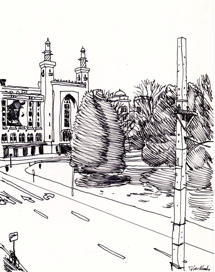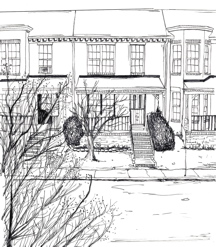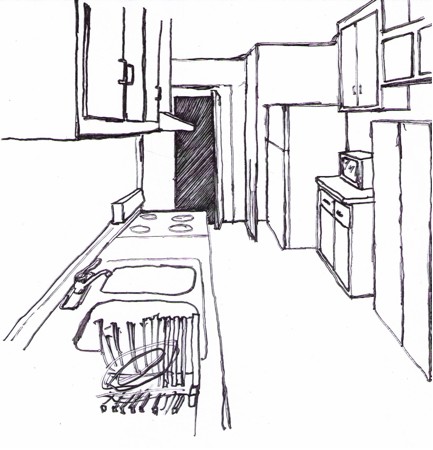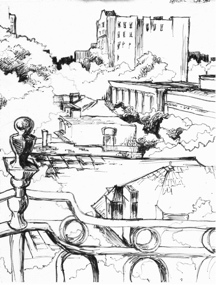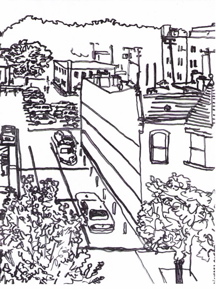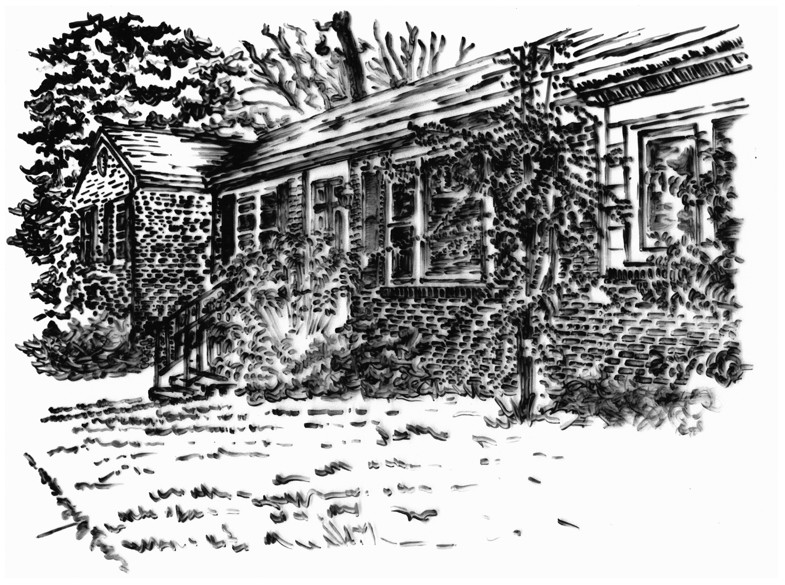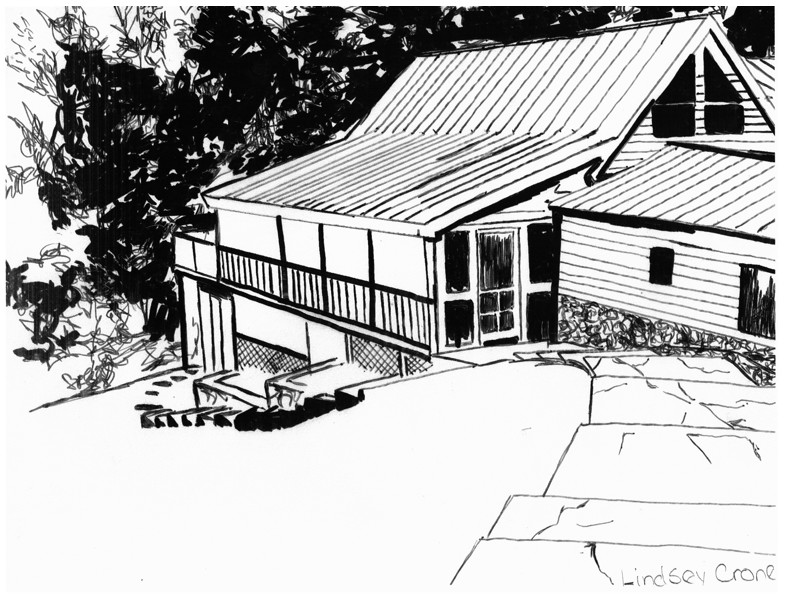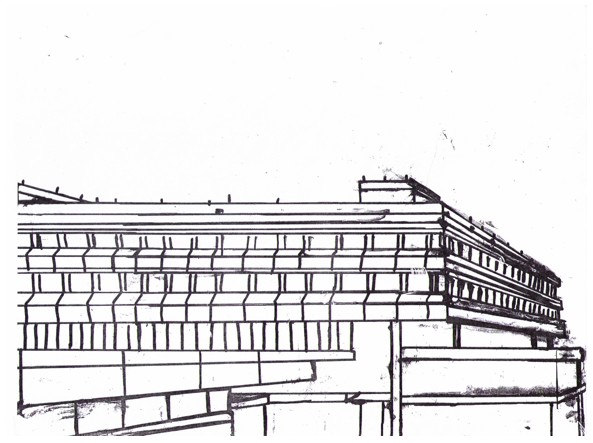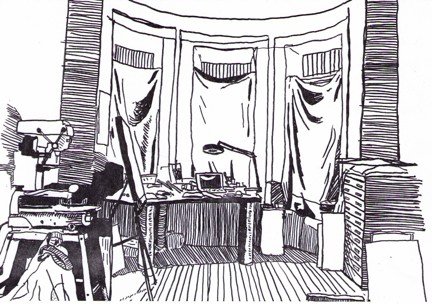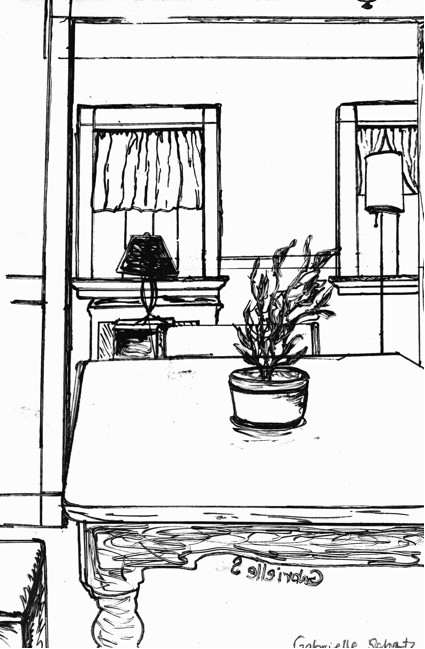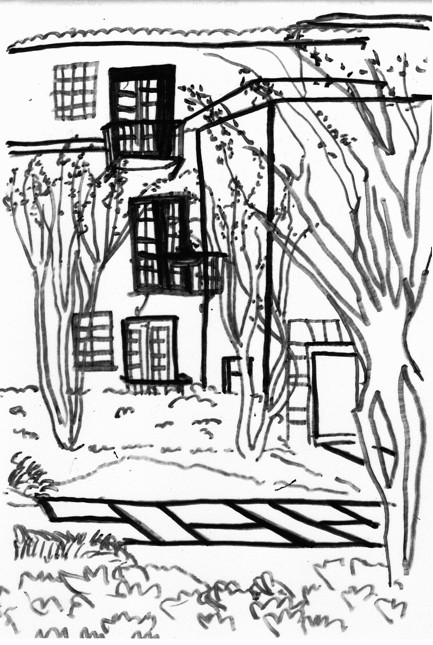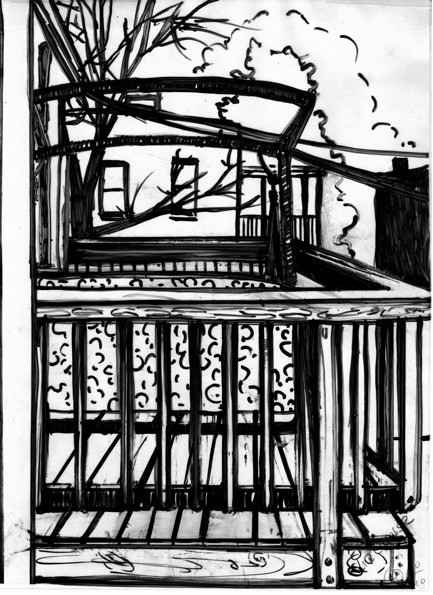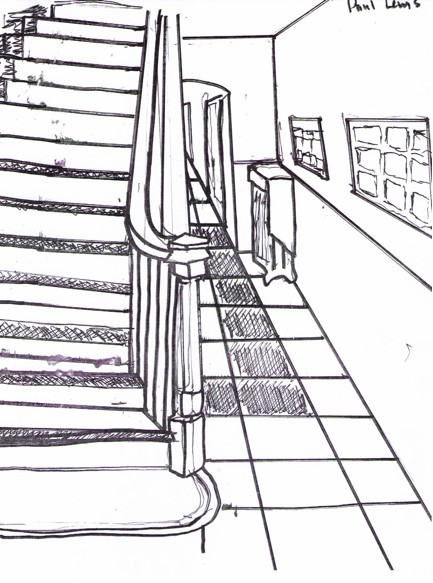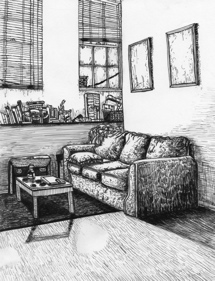| Math 121, Perspective Geometry | Assignment #1 |
Human/Camera |
| This print by the German painter Albrecht Dürer (1471–1528) illustrates a method of drawing a scene in correct perspective. The artist views his subject through a glass, and traces what he sees directly on the glass. Notice how the glass is held firm in a frame, and the artist views it through a peephole that keeps one eye in exactly the same position as he draws. The other eye is covered so that the scene is recorded from the exact viewpoint of a single eye. Your Assignment: Use this method to draw a scene on transparent plastic. (A letter-size plastic transparency will suffice.) Consider taping the plastic to a window or a similar stable transparent surface. View it at arm's length or closer, and trace what you see on the plastic. Be sure to view it with one eye closed and keep your head absolutely still for the entire time that you are drawing. (Sitting comfortably and bracing your head against a wall or piece of furniture helps! You could also improvise a mask with a peephole, as in Dürer's print.) After finishing, make a photocopy of your work on white paper, or scan and print it. Turn in the copy. I'll bring tape to class on the day the assignment is due. As you arrive, tape your work to the wall. We'll spend the first few minutes of class critiquing each other's drawings. Linear Perspective (the topic of this class) is a method of carrying out Dürer's process artificially, using mathematics. Our investigations of perspective will often revisit the idea of recording a scene on a (possibly imaginary) transparent plane. Although this assignment may seem simple, it encapsulates the mathematical essence of perspective. |
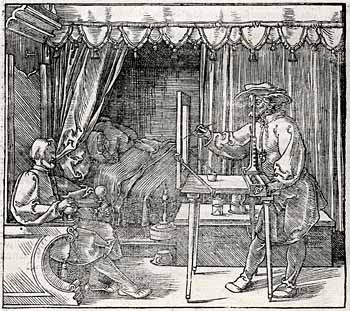
|
|
||||||||||||||||||||||||||||
In order to give you a rough idea of my grading criteria, here are some examples of work that I would grade as less than A caliber, with my explanation. |
||||||||||||||||||||||||||||
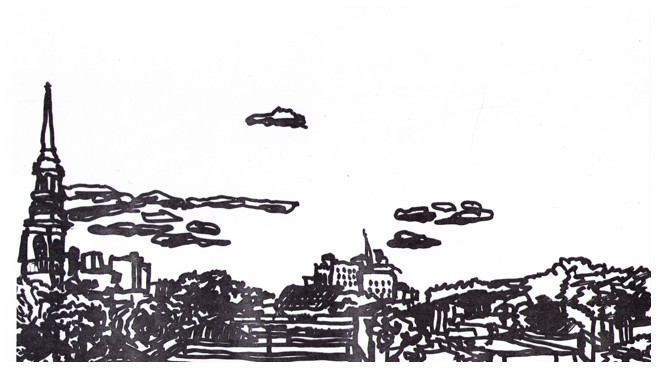 |
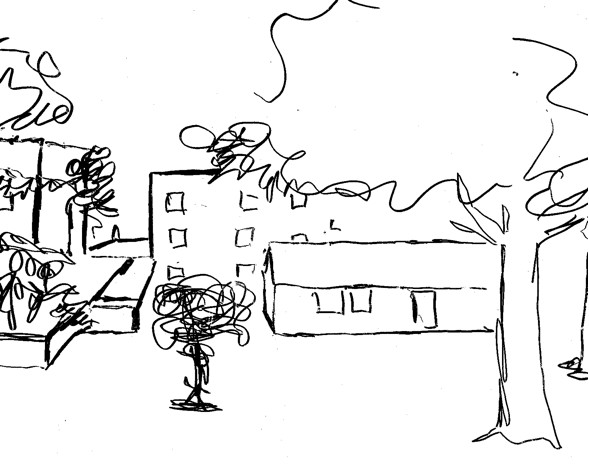 |
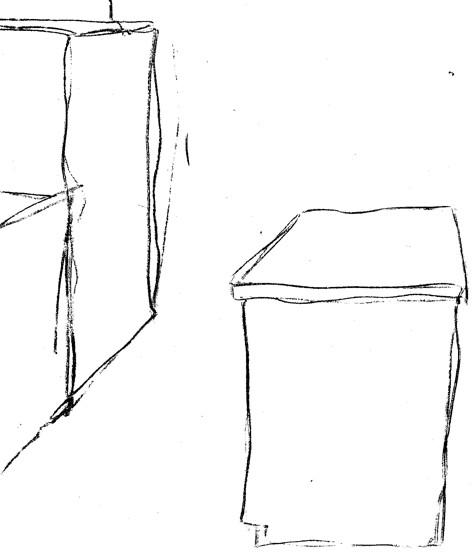 |
||||||||||||||||||||||||||
| This is "B" work. A perfectly fine drawing, but perhaps not showing quite the attention and thought demonstrated by the "A" drawings | Here is and example of "C" work. The artist did not invest much time or thought in the assignment. | This is "D" work. | ||||||||||||||||||||||||||

